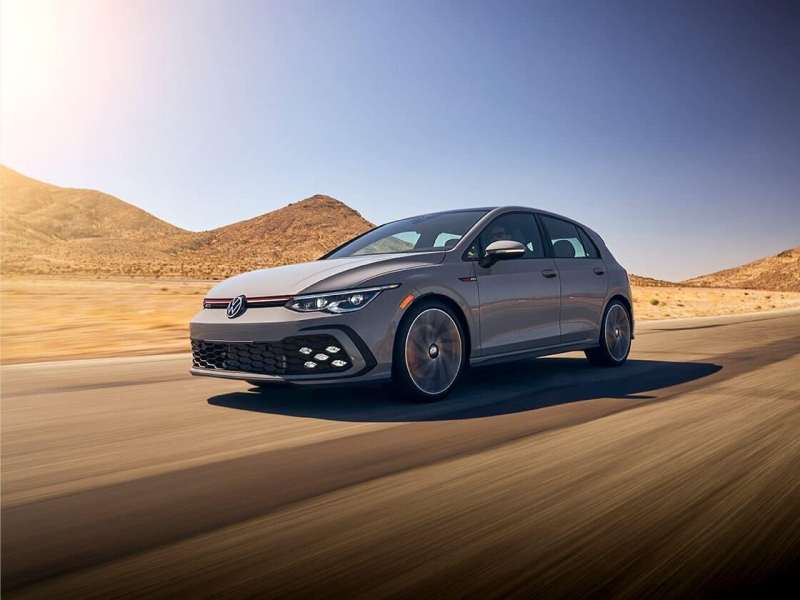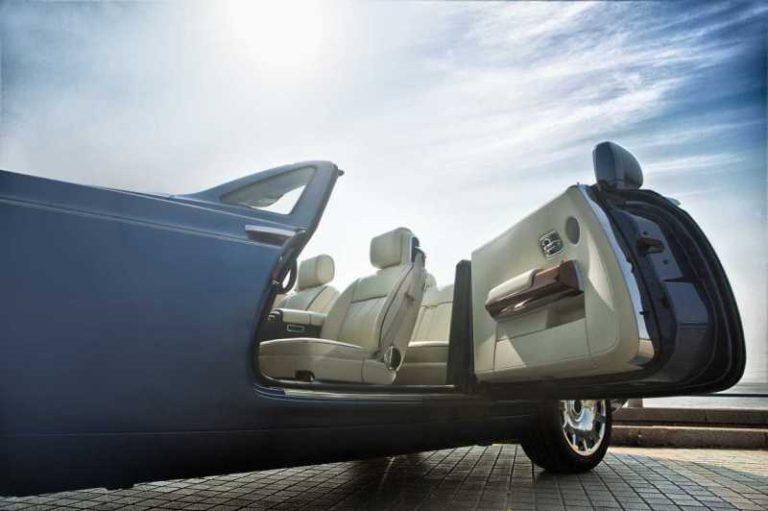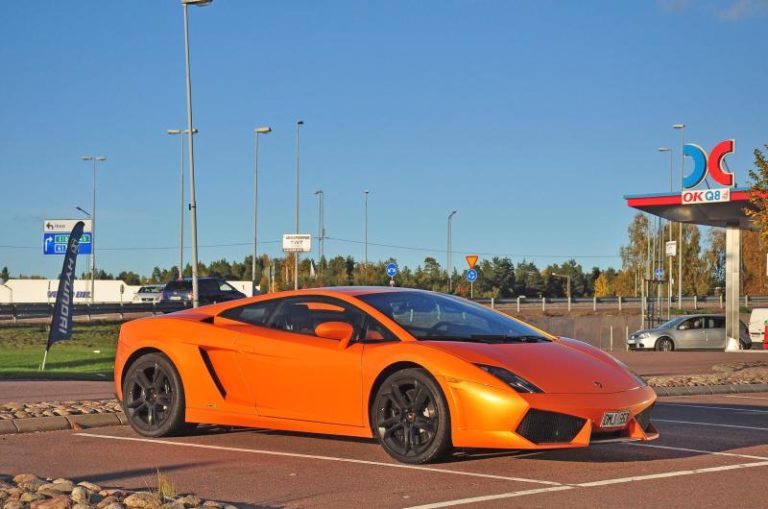Volkswagen Best Car In The World – There was never a sports car as the XL Sport, exhibited at Volkswagen’s World Premiere at the Paris Motor Show. A car that is essentially even more uncompromising in developing light sports cars. Engine ride 270 km/h by xl1 – the most efficient car of all time. Efficiency and emotions that are usually repeated. At the back of the XL Sport, it is one of the best winnings of the engine-V2 technology, adapted from the new Ducati 1199 Superleggera, the most powerful two-cylinder motorcycle in the world. As with XL1, where only 250 units will be built, Superleggera also produces a limited edition (500 units) process with high -precision industrial hand production and production technology. XL1 and Superleggera, two carbon and magnesium design technology icons, making them united to create a unique sports car. With the use of XL Sport, Volkswagen and Ducati brands, the groups of brands impressive how major technological changes can cause branding synergy and can be used as new concepts.
Pioneer aerodynamics. The Superleggera Ducati 1199 has the best power to weight ratio in the history of each motorcycle production. In motorcycle cars in the world, XL Sport reaches something similar. In this case, the ratio of weight (890 kg), power (147 kW / 200 ps) and aerodynamics (C
Volkswagen Best Car In The World
), which is currently making this concept car with the fastest 200 PS car in the world. There is no other sports car that will reach the maximum speed of 270 km/h with 200 PS. One of the important features in this case is the aerodynamics of vehicles. As shown above, the stretch coefficient (0.258) and the front area of the vehicle (1.7 m
The One Design That Spawned Two Of Vw’s Greatest Cars
; It is one of the best values ever achieved and a large victory for Aerodynamics Volkswagen engineers and designers, so everything is more impressive because of the original sports car, this concept project requires broad tires, high air cooling requirements and optimal decrease. There are some individual features that contribute to performance, such as the XL Sport arrow, without a compromise without body aerodynamic force. This includes special air curtains directing the air in the front area to a certain channel, the Ventilation of Wheel Arch, the bottom of further optimization, the elevator air channel reduction hood, the rear spoiler that can be extended (driven by the same unit as Luborghini Aventadore) and heat hooded) and Louvre.
The most powerful two -cylinder engine in the world. The Ducati 1199 Superleggera V2 engine is slightly modified to use XL Sport, but basically the same motorcycle engine. Due to the heavy and lightweight titanium connecting rod, the Dohc 1 199 cm3 can reach up to 11,000 rpm. Superquadro high speed is possible extreme drill/tact ratio (112 mm/60.8 mm) and a very short crankshaft stroke associated with it. In addition, two four -four cylinders arranged at 90 ° indicate, according to a desmodromal valve control system (positive valve closure), which is characterized by a higher Ducati machine and requires the best accurate engineering to provide optimal valve cleaning. Other features of the world’s most powerful two -colored motor are magnesium alloy, cylindrical head and oil pans, two throttle valve discs and two injections in each cylinder. Finally, but that does not mean that the XL Sport has a medium -gearbox that has just been designed to reduce engine speed with a factor of 1.86. The V2 motor (134 Nm) torque is transmitted to the rear gear through the 7 -speed double clutch gearbox (DSG).
Race chassis. The way this light sports car is driven by the engine is suitable for some comments. Car acceleration between 0-100 km/h in 5.7 seconds is an almost secondary problem with impressive high upgrade V2 engines, low weight, perfect aerodynamics and significantly redesigned chassis that combines XL sports directly into the racing circuit kingdom. The chassis, placed in a very powerful steel space, consists of a double desired bone front axle with a valve connected after stretching stalk configuration, and double bone bone axis with valves connected above, as well as in the configuration of Push-DI, and cannot be ignored. High -speed tires with dimensions of 205/40 R 18 (front) and 265/35 R 18 (posterior) include a bitten magnesium, which reduces weight of 23.9 kg compared to aluminum wheels. The XL Sport slowed down a very stable brake system with ceramic discs.
CFRP body. The XL Sport is a model of brother XL1. Both have the same basic design. The main element of them is the body, many parts made by a polymer reinforced with carbon (CFRP), with a monococcal, which has a small shift seat for drivers and passengers. Here Volkswagen prefers CFRP components made using RTM process (resin transfer mold). The density or distinctive severity of this substance is only 20% of the outer steel skin, which is comparable but equally stiff and strong.
Top Gear On X: “volkswagen Tiguan Review: Now With Lower Drag Coefficient Than… A Ferrari Enzo. The Best-selling Vw In The World
The wing door fluctuates forward. The XL1 and XL Sport Wing doors remind us of a high -end sports car. They came up with two points: low on the pillars and on the right above the front glass on the roof frame, so they not only rotate, but also slightly forward. The door also extends to the roof. When they open, they created a very large amount of entrance and exit. The door window is made of polycarbonate. The top of the window is firmly attached to the exterior door due to the specifications of the light design, and the side window segment can be opened. The windscreen of the two models is made of special thin glass type.
Interesting proportion. Despite sharing the ground with X1 according to the main design, the XL Sport has its own appearance. The reason is that while the XL1 is for fuel efficiency without compromise, the short design XL Sport takes this step further, including the driving dynamics without compromise. Specific requirements related to 270 km/h. At the value of Confoce Cars, and Drive Technology parameters XL Sport is longer and wider than XL1. Detailed dimensions: Paris exhibits XL sport is 4, 291 mm (xl1: 3, 888 mm), 1, 847 mm (xl1: 1, 664 mm), 1, 152 mm high (xl1: 1, 153 mm). The wheelbase is also increased to 2, 424 mm (xl1: 2, 224 mm). This proportion in itself creates an attractive appearance.
Design concept. When extreme proportions face innovative, progressive and accurate designs, icons are made. This is the case in the case of XL Sport. As described above, the concept car was built in a dynamic and luxurious XL1 design. The monolithic surface looks more muscular as it extends on a wider wing and large wheels. Because the proportion and extreme lines that are strong and the exact size of the same size, the XL Sports is wide and low on the road, dominated by dynamism, which is not well known even silent. The exact and clear surface and shape of the XL Sport is not only a sporty aesthetic expression: aerodynamic engineers and designers worked together to create a very attractive and perfect statue aerodynamically.
Front design. The wide XL Sport Front emits charisma, which is not a mistake with double LED lights and light signature, which operates on LED during the day, which is XL1 characteristic. As mentioned above, the XL Sport is an air intake on each side of the headlights to optimally supply the air around the car and front of the car. All in all, using X1, XL Sport’s front has no conventional radiator grille, but still supports the current Volkswagen design DNA, and the horizontal line dominates this area: especially black cross bands connect to double front tables to form permanent bands. The actual supply of air to cool the Ducati engine is through ventilation on the rear wing.
The Vw Beetle: How Hitler’s Idea Became A Design Icon
Silhouette design. Although the XL1 is the widest front and pointing at the back, the XL Sport is equal to the back as at the front. From the top, the shape is a classic racing car, the door is pulled as a waist. Seeing the sides of the wings and doors, it is clear why: Here, in each column A and B, there are inlet and air outlet, typical of the optimum airflow and cooling the device gear. In addition




